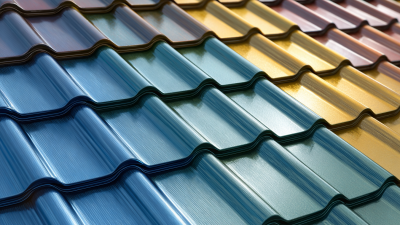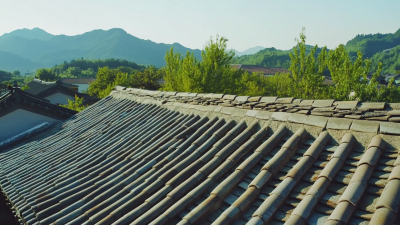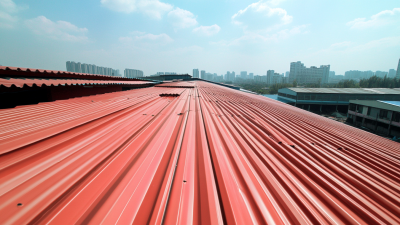
Leave Your Message
-
Phone
-
E-mail
-
Whatsapp

As the construction industry pivots towards sustainability, the demand for Eco-Friendly Roof Tiles is set to soar by 2025. According to a recent report by Eco-Building Trends, the market for sustainable roofing materials is projected to grow by an impressive 20% per year, driven by an increasing awareness of environmental impact among consumers and regulatory mandates for greener building practices. This transition is not merely a trend but a critical evolution that aligns with global climate initiatives aimed at reducing carbon footprints.
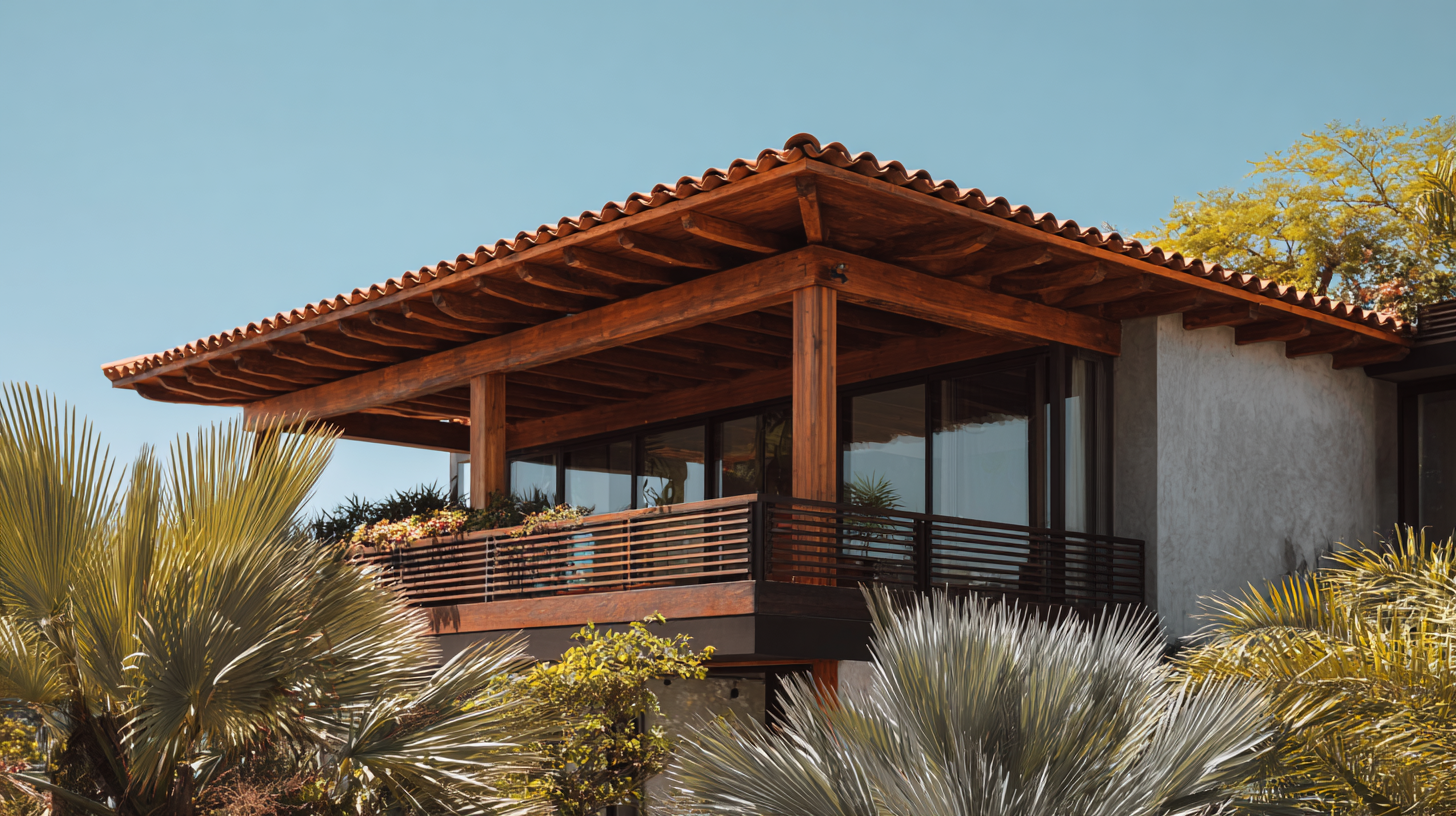
Leading industry expert Dr. Emily Green, a notable figure in sustainable architecture, emphasizes the importance of adopting eco-friendly materials in construction. She states, "The future of roofing lies in innovative, sustainable solutions like Eco-Friendly Roof Tiles that not only enhance the aesthetic appeal of buildings but also contribute to energy efficiency and climate resilience." As we look ahead to 2025, understanding the advantages of these tiles—from their superior thermal performance to their role in urban biodiversity—will be essential for homeowners and builders alike, marking a significant step towards a more sustainable future.
Eco-friendly roof tiles are becoming increasingly popular as homeowners prioritize sustainable living. According to a recent report by the International Energy Agency, buildings account for nearly 36% of global energy use, making the selection of materials critical in reducing our carbon footprint. Eco-friendly roof tiles, often made from recycled materials or sustainable resources, provide not only energy efficiency but also longevity. For example, studies show that roofs made from clay or slate can last over 50 years, significantly reducing the need for replacements and the associated environmental burden.
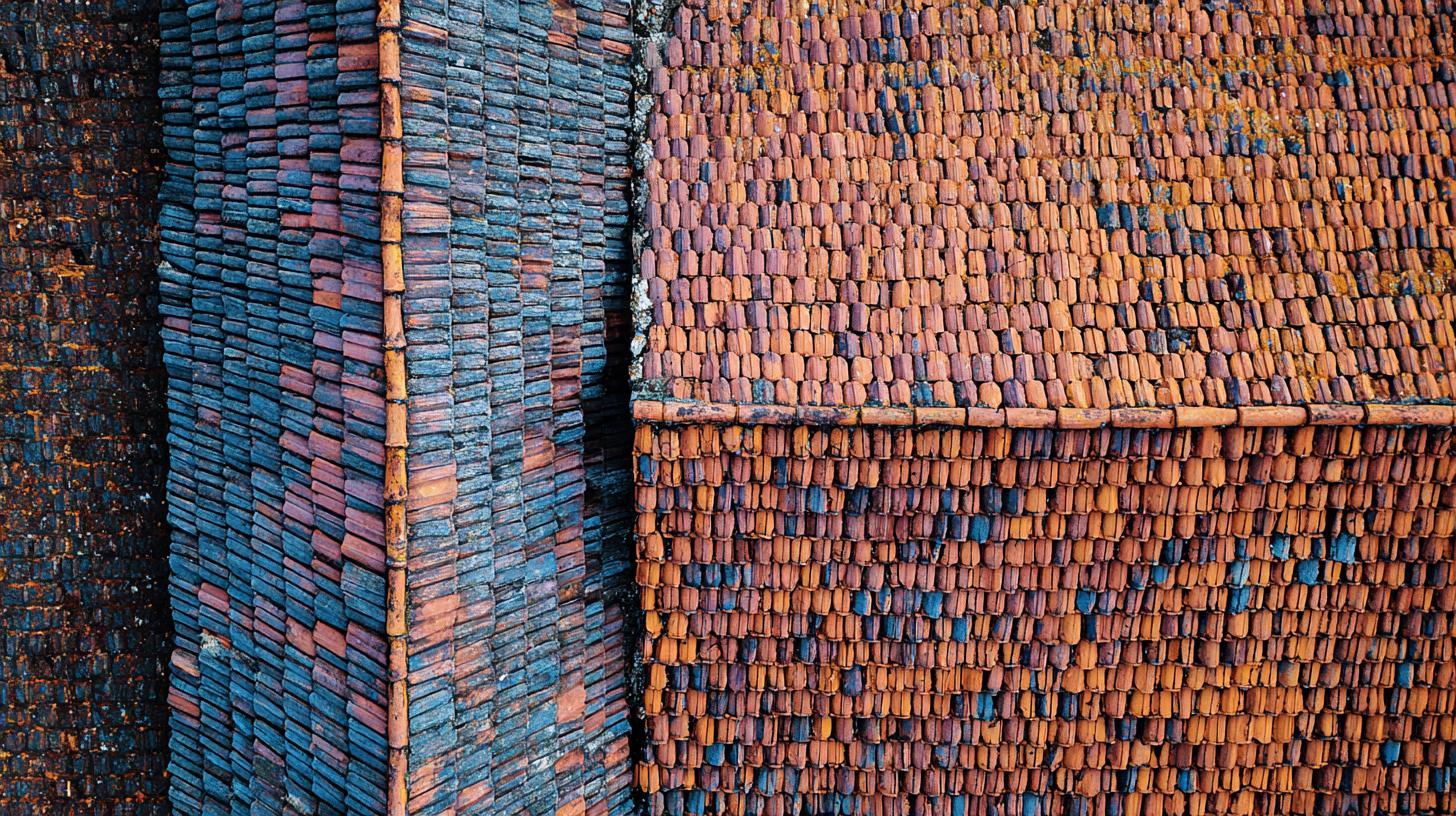
In addition to their durability, eco-friendly roof tiles enhance energy efficiency by reflecting sunlight, which can lower cooling costs by up to 20%. The U.S. Department of Energy suggests that cool roofs reduce the urban heat island effect, improving overall urban air quality. Furthermore, adopting these sustainable roofing options aligns with the growing trend towards green certifications, as buildings with eco-friendly materials can achieve LEED certification, attracting environmentally conscious buyers and tenants. With these benefits in mind, it's clear that eco-friendly roof tiles are not just a trend but a vital component of sustainable living in the coming years.
As we look towards 2025, the roofing industry is witnessing a significant transformation driven by innovative materials that prioritize eco-friendliness. Recent data from the Global Eco-Friendly Roofing Market Report indicates that the market is projected to grow at a CAGR of 6.2% from 2022 to 2028. This growth is fueled by the surge in consumer demand for sustainable building solutions, prompting manufacturers to explore new materials that not only enhance aesthetic appeal but also contribute positively to the environment.
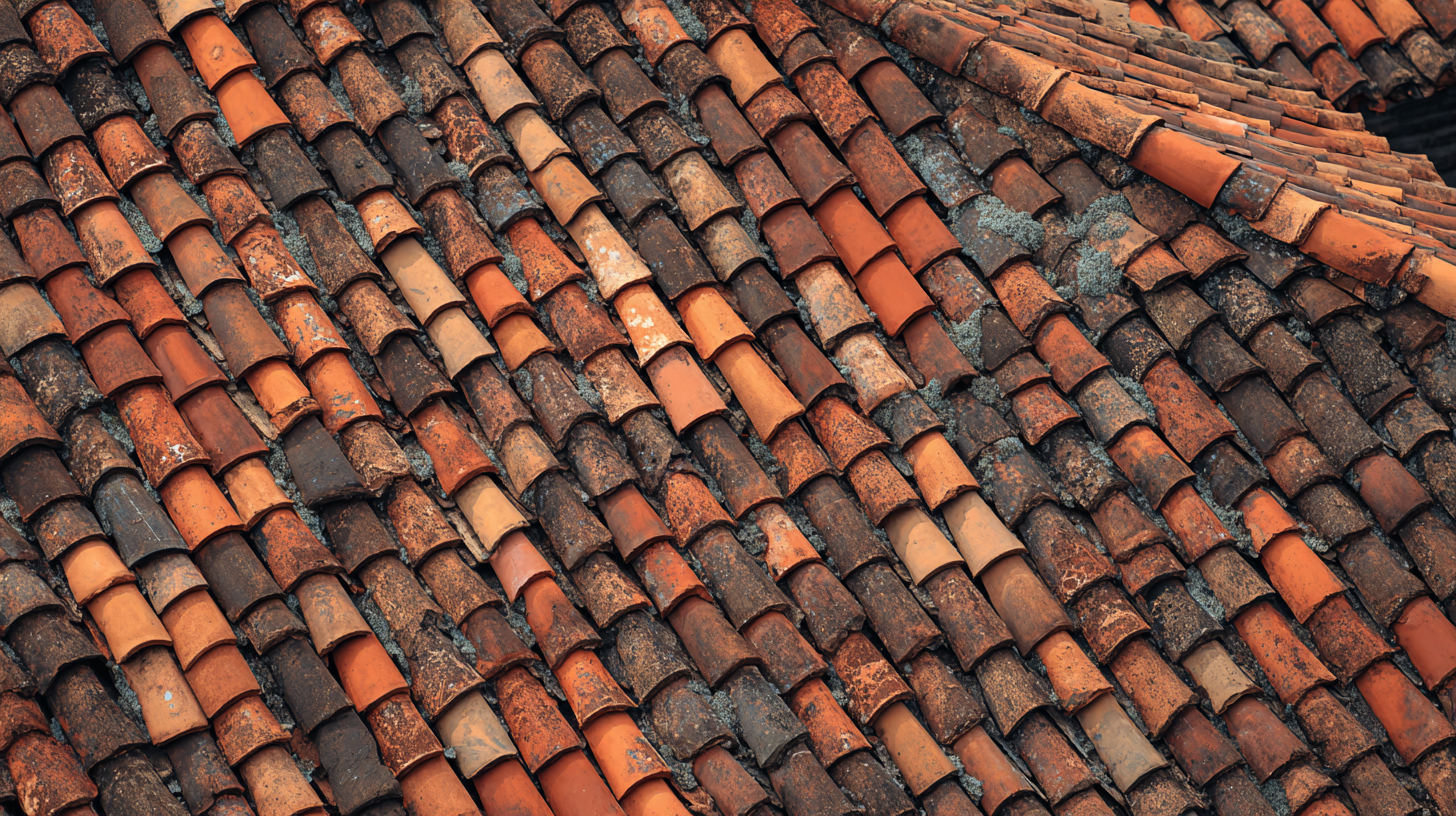
One of the most promising advancements in roof tile production is the use of recycled materials. Companies are increasingly integrating post-consumer plastics, reclaimed asphalt, and even bio-based materials into their tile manufacturing processes. For instance, a study by the Green Building Council has highlighted that roofs made from recycled content can have a significantly reduced environmental impact, with carbon emissions cut by up to 50% compared to traditional materials. Additionally, innovative methods such as solar roof tiles are making waves, allowing homeowners to harness renewable energy while maintaining a stylish roofline. As we approach 2025, these trends will not only redefine roofing aesthetics but also set new benchmarks in sustainability.
As we move closer to 2025, eco-friendly roof tiles are set to redefine aesthetic design in the roofing industry. Reports indicate that the global market for green roofing products is projected to reach USD 114 billion by 2026, driven by growing environmental consciousness and regulatory incentives. Eco-friendly roof tiles, often made from sustainable materials such as recycled clay and slate, not only enhance the beauty of a structure but also contribute to energy efficiency. For instance, cool roofing technologies embedded in these tiles can reflect solar energy, significantly reducing heat absorption and lowering air conditioning costs by up to 20%.
The design trends for eco-friendly roof tiles in 2025 are clearly leaning towards natural and rustic aesthetics, aligning with the biophilic design movement, which emphasizes harmony with nature. Data from industry studies show that homeowners are increasingly opting for earthy tones and textures, merging seamlessly with the natural environment. Additionally, manufacturers are innovating with modular systems that allow for versatile design choices while maintaining sustainable practices.
This trend not only appeals to eco-conscious consumers but also raises property values, as homes with sustainable features are increasingly sought after. The integration of aesthetic design and sustainability represents a significant evolution in the roofing sector, paving the way for a greener future.
Eco-friendly roof tiles are rapidly gaining traction due to their ability to enhance energy efficiency. According to the U.S. Department of Energy, energy-efficient roofing materials can reduce energy consumption by up to 20%. This reduction is particularly significant in regions with extreme weather conditions, where buildings can overheat in the summer and become too cold in winter. By utilizing eco-friendly roof tiles designed with reflective surfaces or better insulation properties, homeowners can significantly cut down on heating and cooling costs. In fact, a study from the National Association of Home Builders found that installing energy-efficient materials could save homeowners between $50 to $100 a month on utility bills.
In addition to immediate financial benefits, eco-friendly roof tiles also contribute to long-term sustainability. A report from the Environmental Protection Agency highlighted that using sustainable building materials can reduce urban heat islands, subsequently lowering local temperatures and energy usage in nearby buildings. As we move closer to 2025, the trend towards eco-friendly options is expected to grow even stronger, as more homeowners recognize the dual advantages of saving money and supporting environmental initiatives. With advancements in technology, these tiles are becoming more affordable and accessible, making them an attractive choice for modern construction and renovation projects.
Eco-friendly roof tiles are rapidly emerging as a key feature for homeowners looking to enhance both property value and environmental sustainability. These innovative materials, often made from recycled or sustainable resources, not only reduce ecological footprints but also boost home aesthetic and marketability. Properties equipped with eco-friendly roofing solutions are increasingly appealing to environmentally conscious buyers, making them a smart investment for the future.
Tips: When considering eco-friendly roof tiles, it's important to evaluate the local climate and your home's architecture to ensure the best fit and performance. Additionally, look for certifications or endorsements from environmental organizations to guarantee the tiles’ sustainability credentials.
Moreover, the benefits of eco-friendly roof tiles extend beyond aesthetics and property value. For instance, these tiles often provide excellent insulation, thereby reducing energy costs for heating and cooling throughout the year. This efficiency contributes to lower utility bills and a smaller carbon footprint, further emphasizing the positive environmental impact and financial advantages of adopting this roofing trend in 2025.
Tips: To maximize your investment, choose tiles that offer long-term durability and warranty options, ensuring that your eco-friendly choice remains beneficial for years to come.
| Feature | Eco-Friendly Roof Tiles | Traditional Roof Tiles |
|---|---|---|
| Material Source | Recycled or sustainable materials | Raw materials with high environmental impact |
| Lifespan | Up to 50 years | 20-30 years |
| Energy Efficiency | Reflective properties reduce heat absorption | Higher heat absorption |
| Impact on Property Value | Can increase by up to 10-20% | Moderate effect on property value |
| Environmental Impact | Lower carbon footprint | Higher energy consumption in production |
| Maintenance | Low maintenance required | Regular maintenance needed |


